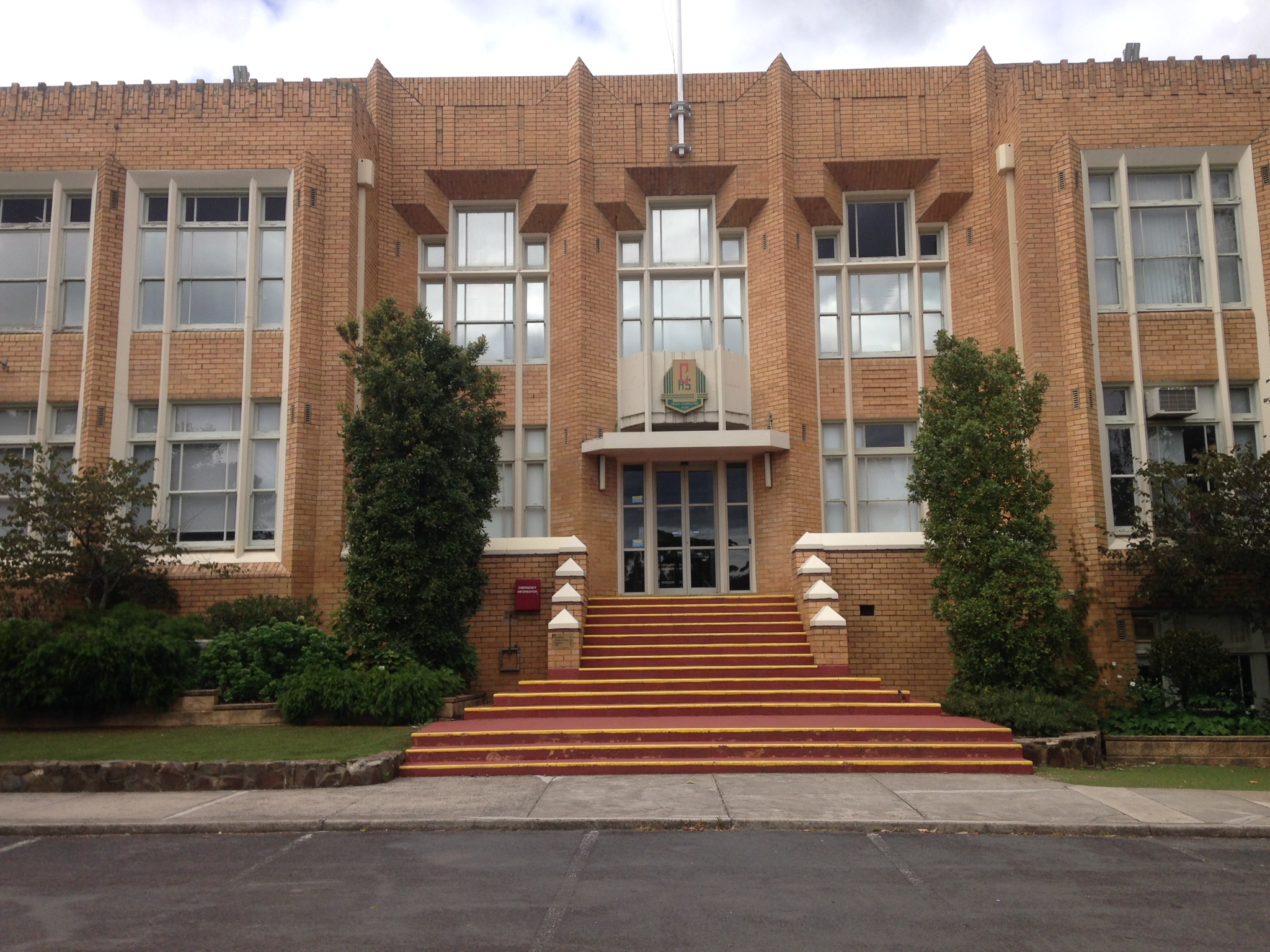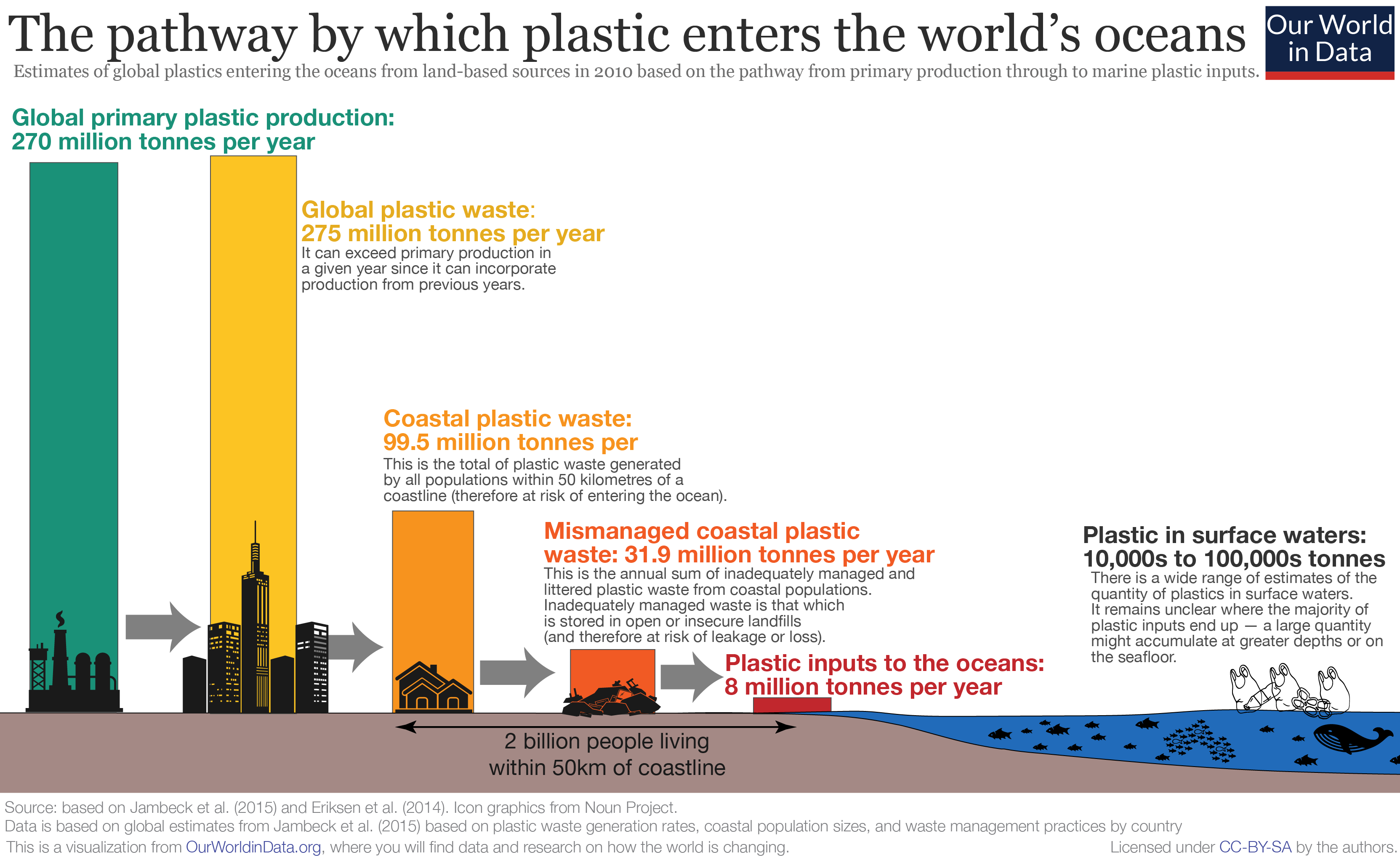|
Salbari Higher Secondary School
Salbari Higher Secondary School (commonly called Salbari Model H.S. School), a school in Salbari, Baksa, Assam, India, is situated in between the Ulubari village and Salbari bazaar. The school was established in 1955 to impart secondary education in Bodo and Assamese medium to the children of the rural and economically backward of the Baksa district. It is one of four schools in the state that are education for sustainable development model schools. Location Salbari is in the Salbari sub-division in the Baksa District of Assam. It is situated by Manas National Park near the Indo-Bhutan border, and rapidly growing towards becoming a city. History The school was established in 1955 as a high school at the initiative of local social workers and well wishers. The school is now upgraded to a higher secondary school with the introduction of 11th and 12th classes of science and arts stream of the Indian education system. In 2013, the nearby Salbari Bazaar was designated a Plastic ... [...More Info...] [...Related Items...] OR: [Wikipedia] [Google] [Baidu] |
Salbari
Salbari(Bodo: सालबारि) is one of the sub divisions of Baksa district in the state of Assam, India. History A hundred years ago, there was no village named Salbari, but the place was surrounded by various sal plantations, leading to economic and population growth. There were some old villages like Hudukhata, Samuagati, Kamlabari and Hasora. After some years, people moved to the Salbari sub-division and villages like Salbari, Madhapur, Udhiaguri Hadan, Tangabarigaon, Aaohata, Palchiguri, Pakriguri, Uhiaguri and Gwjwnphuri were created. There was also no marketplace near Salbari, so residents went to a one-day market around 8.5 kilometres away at Bahbari Bazaar, but sometimes people of Salbari had disputes with the larger groups or local people. Therefore, the people of Salbari had the idea of creating a local marketplace and started the Salbari Bazaar. Salbari Bazaar now has SBI, several retailer, marketplaces, local shops and police stations. The market is held ... [...More Info...] [...Related Items...] OR: [Wikipedia] [Google] [Baidu] |
High School
A secondary school describes an institution that provides secondary education and also usually includes the building where this takes place. Some secondary schools provide both '' lower secondary education'' (ages 11 to 14) and ''upper secondary education'' (ages 14 to 18), i.e., both levels 2 and 3 of the ISCED scale, but these can also be provided in separate schools. In the US, the secondary education system has separate middle schools and high schools. In the UK, most state schools and privately-funded schools accommodate pupils between the ages of 11–16 or 11–18; some UK private schools, i.e. public schools, admit pupils between the ages of 13 and 18. Secondary schools follow on from primary schools and prepare for vocational or tertiary education. Attendance is usually compulsory for students until age 16. The organisations, buildings, and terminology are more or less unique in each country. Levels of education In the ISCED 2011 education scale levels 2 an ... [...More Info...] [...Related Items...] OR: [Wikipedia] [Google] [Baidu] |
Trilingual Schools
Multilingualism is the use of more than one language, either by an individual speaker or by a group of speakers. It is believed that multilingual speakers outnumber monolingual speakers in the world's population. More than half of all Europeans claim to speak at least one language other than their mother tongue; but many read and write in one language. Multilingualism is advantageous for people wanting to participate in trade, globalization and cultural openness. Owing to the ease of access to information facilitated by the Internet, individuals' exposure to multiple languages has become increasingly possible. People who speak several languages are also called polyglots. Multilingual speakers have acquired and maintained at least one language during childhood, the so-called first language (L1). The first language (sometimes also referred to as the mother tongue) is usually acquired without formal education, by mechanisms about which scholars disagree. Children acquiri ... [...More Info...] [...Related Items...] OR: [Wikipedia] [Google] [Baidu] |
High Schools And Secondary Schools In Assam
High may refer to: Science and technology * Height * High (atmospheric), a high-pressure area * High (computability), a quality of a Turing degree, in computability theory * High (tectonics), in geology an area where relative tectonic uplift took or takes place * Substance intoxication, also known by the slang description "being high" * Sugar high, a misconception about the supposed psychological effects of sucrose Music Performers * High (musical group), a 1974–1990 Indian rock group * The High, an English rock band formed in 1989 Albums * ''High'' (The Blue Nile album) or the title song, 2004 * ''High'' (Flotsam and Jetsam album), 1997 * ''High'' (New Model Army album) or the title song, 2007 * ''High'' (Royal Headache album) or the title song, 2015 * ''High'' (EP), by Jarryd James, or the title song, 2016 Songs * "High" (Alison Wonderland song), 2018 * "High" (The Chainsmokers song), 2022 * "High" (The Cure song), 1992 * "High" (David Hallyday song), 1988 * "Hig ... [...More Info...] [...Related Items...] OR: [Wikipedia] [Google] [Baidu] |
Education For Sustainable Development
Sustainable development is an organizing principle for meeting human development goals while also sustaining the ability of natural systems to provide the natural resources and ecosystem services on which the economy and society depend. The desired result is a state of society where living conditions and resources are used to continue to meet human needs without undermining the integrity and stability of the natural system. Sustainable development was defined in the 1987 Brundtland Report as "Development that meets the needs of the present generation without compromising the ability of future generations to meet their own needs".United Nations General Assembly (1987''Report of the World Commission on Environment and Development: Our Common Future'' Transmitted to the General Assembly as an Annex to document A/42/427 – Development and International Co-operation: Environment. As the concept of sustainable development developed, it has shifted its focus more towards the economic ... [...More Info...] [...Related Items...] OR: [Wikipedia] [Google] [Baidu] |
WWF-India
World Wide Fund for Nature-India, better known by its abbreviation, WWF-India, has been devotedly working to protect and secure natural heritage and ecology for more than 50 years. It has an autonomous office, with the Secretariat based in New Delhi and various state, divisional and project offices spread across India. WWF-India is one of India’s leading conservation organizations. Established as a Charitable Trust in 1969, it has massed almost five decades of experience in the field. Having started with modest beginnings, the organisation has come a long way helped by the efforts of its founders and associates who volunteered their efforts to lend momentum to this movement in its initial years. Programmes WWF-India today is engaged in many activities for protection and conservation of the environment in the Indian context. Climate change and energy conservation are among the chief areas of concern. The Forest and Biodiversity Conservation Division strives to promote and enhance ... [...More Info...] [...Related Items...] OR: [Wikipedia] [Google] [Baidu] |
Education In India
Education in India is primarily managed by state-run public education system, which fall under the command of the government at three levels: central, state and local. Under various articles of the Indian Constitution and the Right of Children to Free and Compulsory Education Act, 2009, free and compulsory education is provided as a fundamental right to children aged 6 to 14. The approximate ratio of public schools to private schools in India is 7:5. Education system Up until 1976, education policies and implementation were determined legally by each of India's constitutional states. The 42nd amendment to the constitution in 1976 made education a 'concurrent subject'. From this point on the central and state governments shared formal responsibility for funding and administration of education. In a country as large as India, now with 28 states and eight union territories, this means that the potential for variations between states in the policies, plans, programs and in ... [...More Info...] [...Related Items...] OR: [Wikipedia] [Google] [Baidu] |
Principal (education)
A head master, head instructor, bureaucrat, headmistress, head, chancellor, principal or school director (sometimes another title is used) is the staff member of a school with the greatest responsibility for the management of the school. In some English-speaking countries, the title for this role is '' principal.'' Description School principals are stewards of learning and managing supervisors of their schools. They aim to provide vision and leadership to all stakeholders in the school and create a safe and peaceful environment to achieve the mission of learning and educating at the highest level. They guide the day to day school business and oversee all activities conducted by the school. They bear the responsibility of all decision making and are accountable for their efforts to elevate the school to the best level of learning achievements for the students, best teaching skills for the teachers and best work environment for support staff. Role While some head teachers still ... [...More Info...] [...Related Items...] OR: [Wikipedia] [Google] [Baidu] |
Environmentalism
Environmentalism or environmental rights is a broad Philosophy of life, philosophy, ideology, and social movement regarding concerns for environmental protection and improvement of the health of the environment (biophysical), environment, particularly as the measure for this health seeks to incorporate the impact of changes to the environment on humans, animals, plants and non-living matter. While environmentalism focuses more on the environmental and nature-related aspects of Green politics, green ideology and politics, ecologism combines the ideology of Social ecology (theory), social ecology and environmentalism. ''Ecologism'' is more commonly used in continental European languages, while ''environmentalism'' is more commonly used in English but the words have slightly different connotations. Environmentalism advocates the preservation, restoration and improvement of the natural environment and critical Earth system science, earth system elements or processes such as the cl ... [...More Info...] [...Related Items...] OR: [Wikipedia] [Google] [Baidu] |
Plastic Pollution
Plastic pollution is the accumulation of plastic objects and particles (e.g. plastic bottles, bags and microbeads) in the Earth's environment that adversely affects humans, wildlife and their habitat. Plastics that act as pollutants are categorized by size into micro-, meso-, or macro debris. Plastics are inexpensive and durable, making them very adaptable for different uses; as a result, manufacturers choose to use plastic over other materials. However, the chemical structure of most plastics renders them resistant to many natural processes of degradation and as a result they are slow to degrade. Together, these two factors allow large volumes of plastic to enter the environment as mismanaged waste and for it to persist in the ecosystem. Plastic pollution can afflict land, waterways and oceans. It is estimated that 1.1 to 8.8 million tonnes of plastic waste enters the ocean from coastal communities each year. It is estimated that there is a stock of 86 million tons of plast ... [...More Info...] [...Related Items...] OR: [Wikipedia] [Google] [Baidu] |
Education System
The educational system generally refers to the structure of all institutions and the opportunities for obtaining education within a country. It includes all pre-school institutions, starting from family education, and/or early childhood education, through kindergarten, primary, secondary, and tertiary schools, then lyceums, colleges, and faculties also known as Higher education (University education). This framework also includes institutions of continuous (further) professional and personal education, as well as private educational institutions. While the education system is usually regulated and organized according to the relevant laws, a country's education system may have unregulated aspects or dimensions. Typically, an education system is designed to provide education for all sections of a country's society and its members. It comprises everything that goes into educating the population. The United Nations Educational, Scientific and Cultural Organization (UNESCO) recognize ... [...More Info...] [...Related Items...] OR: [Wikipedia] [Google] [Baidu] |
Arts
The arts are a very wide range of human practices of creative expression, storytelling and cultural participation. They encompass multiple diverse and plural modes of thinking, doing and being, in an extremely broad range of media. Both highly dynamic and a characteristically constant feature of human life, they have developed into innovative, stylized and sometimes intricate forms. This is often achieved through sustained and deliberate study, training and/or theorizing within a particular tradition, across generations and even between civilizations. The arts are a vehicle through which human beings cultivate distinct social, cultural and individual identities, while transmitting values, impressions, judgments, ideas, visions, spiritual meanings, patterns of life and experiences across time and space. Prominent examples of the arts include: * visual arts (including architecture, ceramics, drawing, filmmaking, painting, photography, and sculpting), * literary arts ... [...More Info...] [...Related Items...] OR: [Wikipedia] [Google] [Baidu] |







